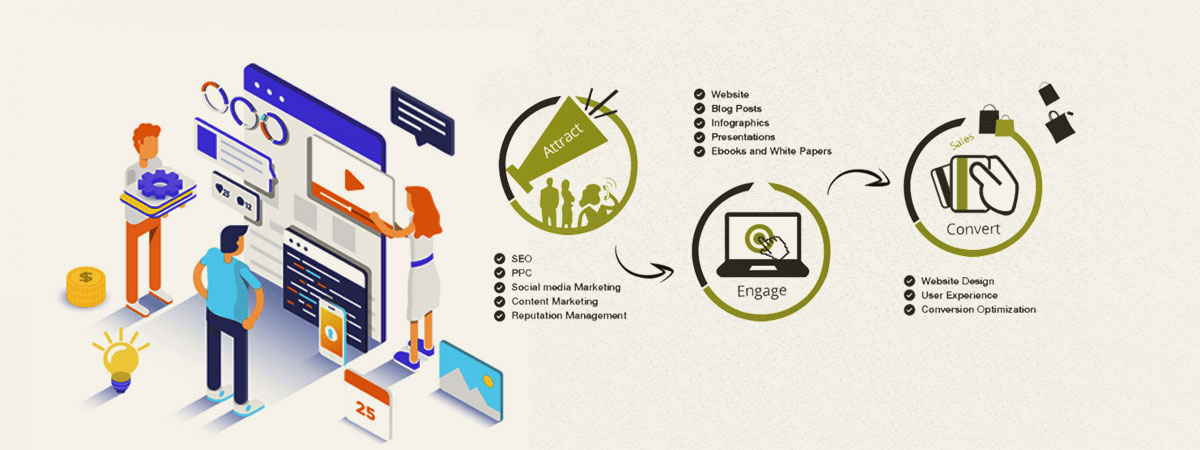Internet Site Layout Fundamentals: Tips For Structure A User-Friendly Site
Internet Site Layout Fundamentals: Tips For Structure A User-Friendly Site
Blog Article
Authored By-Hovmand Neville
When it concerns website design, ensuring user-friendliness is essential. From responsive design to streamlined navigating, every element plays a crucial role in creating a website that deals with your target market's demands. Yet what about the finer information that can make or break a user's surfing experience? Keep tuned as we uncover some often-overlooked tips that can boost your web site's functionality to the next level, making it really stand out in the electronic landscape.
Significance of Responsive Layout
Responsive layout is a vital facet of modern web site development. Ensuring your web site is receptive methods that it can adapt to different screen dimensions and devices, providing a smooth experience for users.
With the raising use of smart devices and tablet computers to access the web, having a receptive style is essential for getting to a larger audience. It helps in boosting individual experience by making your web site easy to browse and keep reading any tool.
Additionally, responsive style can favorably influence your internet search engine positions, as search engines like Google prioritize mobile-friendly internet sites. By having a receptive layout, you're also future-proofing your web site, as brand-new tools with differing display sizes continue to arise.
Simplify Navigating Framework
To improve individual experience and facilitate simple accessibility to info on your site, simplifying the navigating framework is extremely important. When making your website, focus on developing a clear and intuitive navigation menu that helps visitors locate what they're trying to find rapidly.
Limit the variety of menu things to the essentials, grouping relevant pages with each other to prevent overwhelming customers. Use detailed tags that plainly indicate the material of each page, making it simpler for individuals to comprehend where each link will certainly take them.
Consider executing dropdown menus for subcategories to stop cluttering the major navigation bar. Furthermore, include a search bar plainly on the page for users that prefer searching for details details.
Prioritize mobile responsiveness in your navigating style to guarantee simple accessibility on all gadgets.
Optimize Web Page Lots Speed
Improving page tons rate is vital for preserving visitors on your web site. Slow-loading pages irritate customers and can bring about high bounce prices. To enhance web page tons speed, begin by optimizing photos. Compress photos without jeopardizing quality to minimize their file sizes.
Additionally, enable Read Webpage caching to keep regularly accessed sources locally, accelerating tons times for returning visitors. Minify CSS, JavaScript, and HTML documents by getting rid of unneeded personalities, remarks, and format, boosting tons rate.
Take into visit this page utilizing a web content shipment network (CDN) to disperse your web site's material across multiple web servers worldwide, decreasing latency for individuals accessing your website from various locations. Last but not least, limit the use of third-party scripts and plugins, as they can dramatically impact tons times.
Final thought
To conclude, by including receptive layout, simplifying navigating, and optimizing page lots speed, you can develop an user-friendly web site that attract a broader audience and improves user experience. These essential elements guarantee that visitors can quickly accessibility and browse your site across different tools, causing boosted involvement and complete satisfaction. By concentrating on these vital elements, you can construct an effective site that maintains users coming back for more.
